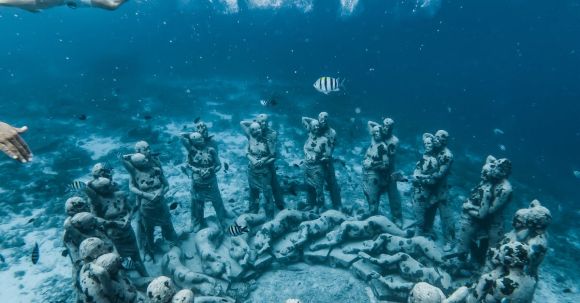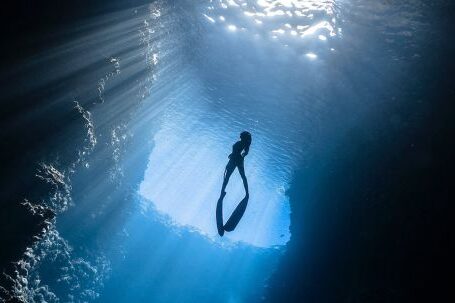When it comes to photography, capturing unique perspectives can truly set your work apart. Combining underwater and aerial photography is a powerful way to achieve stunning and captivating images. By merging these two distinct environments, photographers can create mesmerizing compositions that tell a compelling story. In this article, we will explore the techniques and equipment required to successfully shoot topside, taking your photography to new heights – and depths.
The Magic of Underwater Photography
Underwater photography offers a surreal and ethereal quality that is hard to replicate in any other environment. The play of light, the vibrant colors, and the weightless feel of capturing moments beneath the surface all contribute to the allure of underwater photography. From tranquil coral reefs to thrilling encounters with marine life, the possibilities are endless.
The Excitement of Aerial Photography
On the other hand, aerial photography provides a bird’s-eye view of the world, offering a unique perspective that is impossible to achieve from the ground. Capturing sweeping landscapes, architectural marvels, and bustling cityscapes from above creates a sense of awe and wonder. Aerial photography allows you to see the world from a whole new angle, giving your images a sense of grandeur.
The Merge: Shooting Topside
Combining underwater and aerial photography opens up a world of creative possibilities. Imagine capturing an underwater scene with a stunning aerial backdrop, or vice versa. The contrasting elements of water and sky can create visually striking images that leave a lasting impression on viewers.
Equipment and Techniques
To shoot topside, you will need the right equipment and techniques to ensure successful results. Here are some essential tips to get you started:
1. Underwater Equipment: Invest in a reliable underwater housing for your camera to protect it from water damage. Additionally, use a wide-angle lens to capture the vastness of the underwater world.
2. Aerial Equipment: A drone is an invaluable tool for capturing aerial shots. Make sure to familiarize yourself with local regulations and obtain any necessary permits before flying. Choose a drone with a high-quality camera to ensure sharp and detailed images.
3. Composition: When shooting topside, pay attention to composition. Look for interesting patterns, textures, and contrasting colors to create visually striking images. Experiment with different angles and perspectives to add depth and dimension to your shots.
4. Lighting: Lighting plays a crucial role in both underwater and aerial photography. In underwater photography, natural light can create stunning effects, especially during golden hour. For aerial photography, take advantage of the soft and warm light during sunrise and sunset.
5. Post-Processing: Once you have captured your topside shots, post-processing can help enhance the final image. Adjusting colors, contrast, and sharpness can bring out the best in your photographs.
Taking Your Photography to New Depths – and Heights
Combining underwater and aerial photography is a creative way to push the boundaries of traditional photography. Whether you are a professional photographer or an enthusiastic hobbyist, shooting topside allows you to capture the beauty and wonder of both worlds. By merging these two distinct environments, you can create visually stunning images that engage and captivate viewers.
So, grab your camera, dive into the depths, and take to the skies – the possibilities are endless when you combine underwater and aerial photography. Let your creativity soar as you explore the uncharted territories of topside photography.





